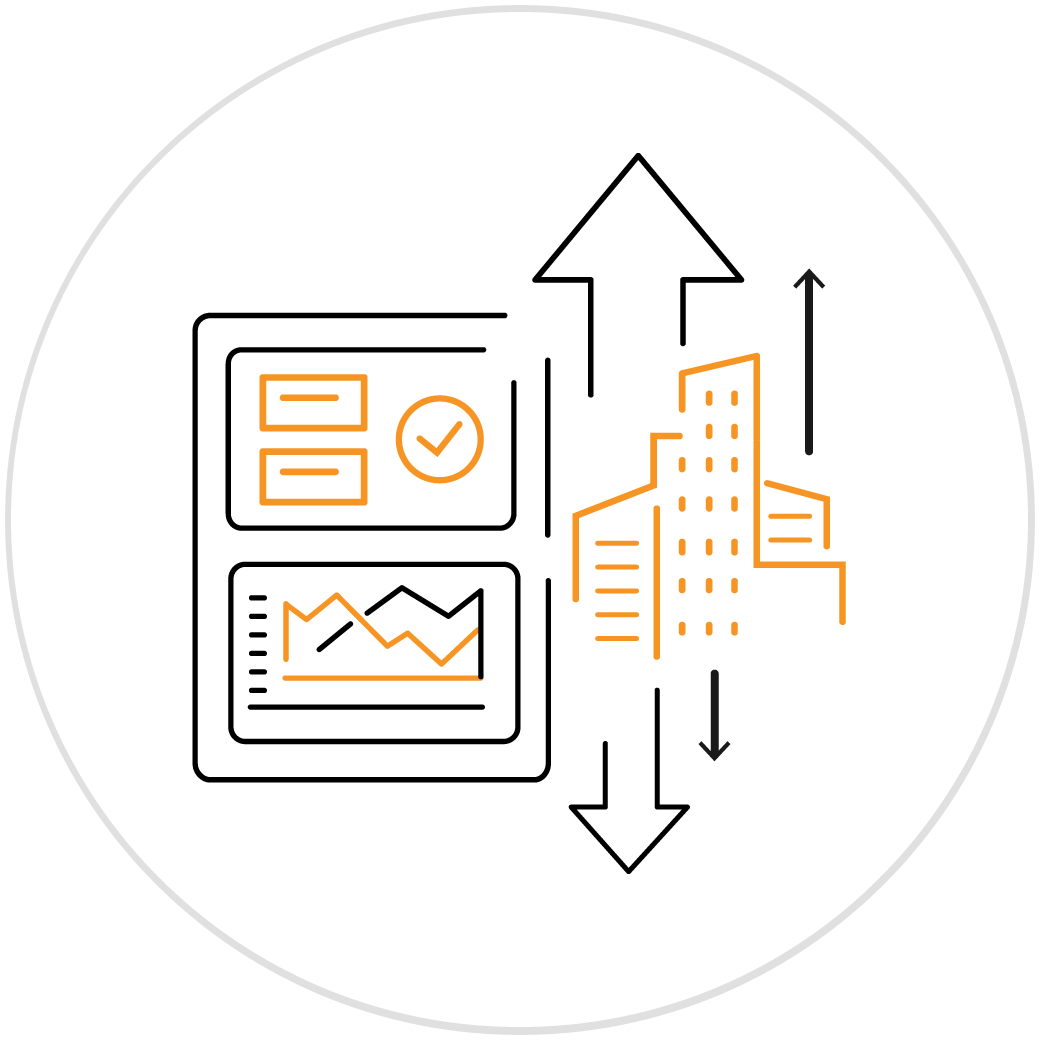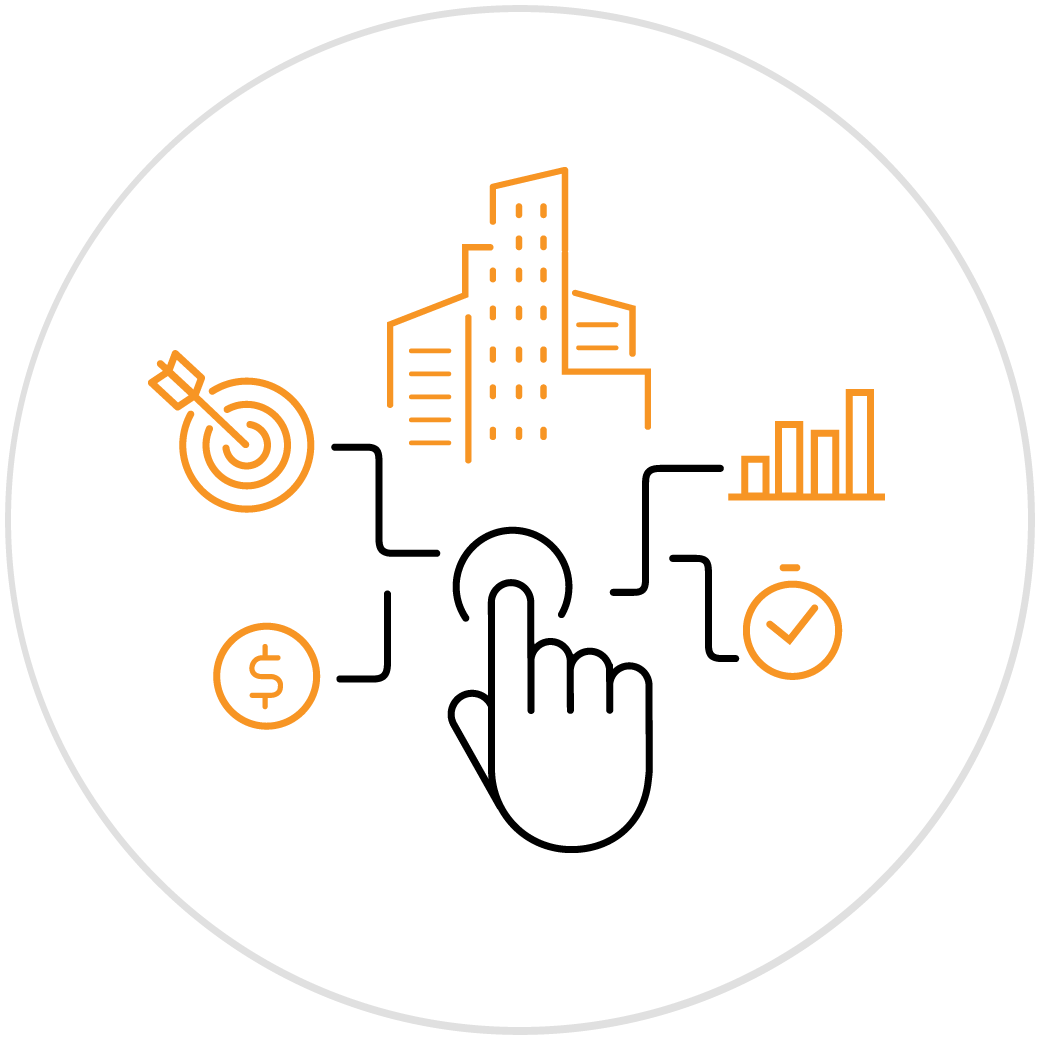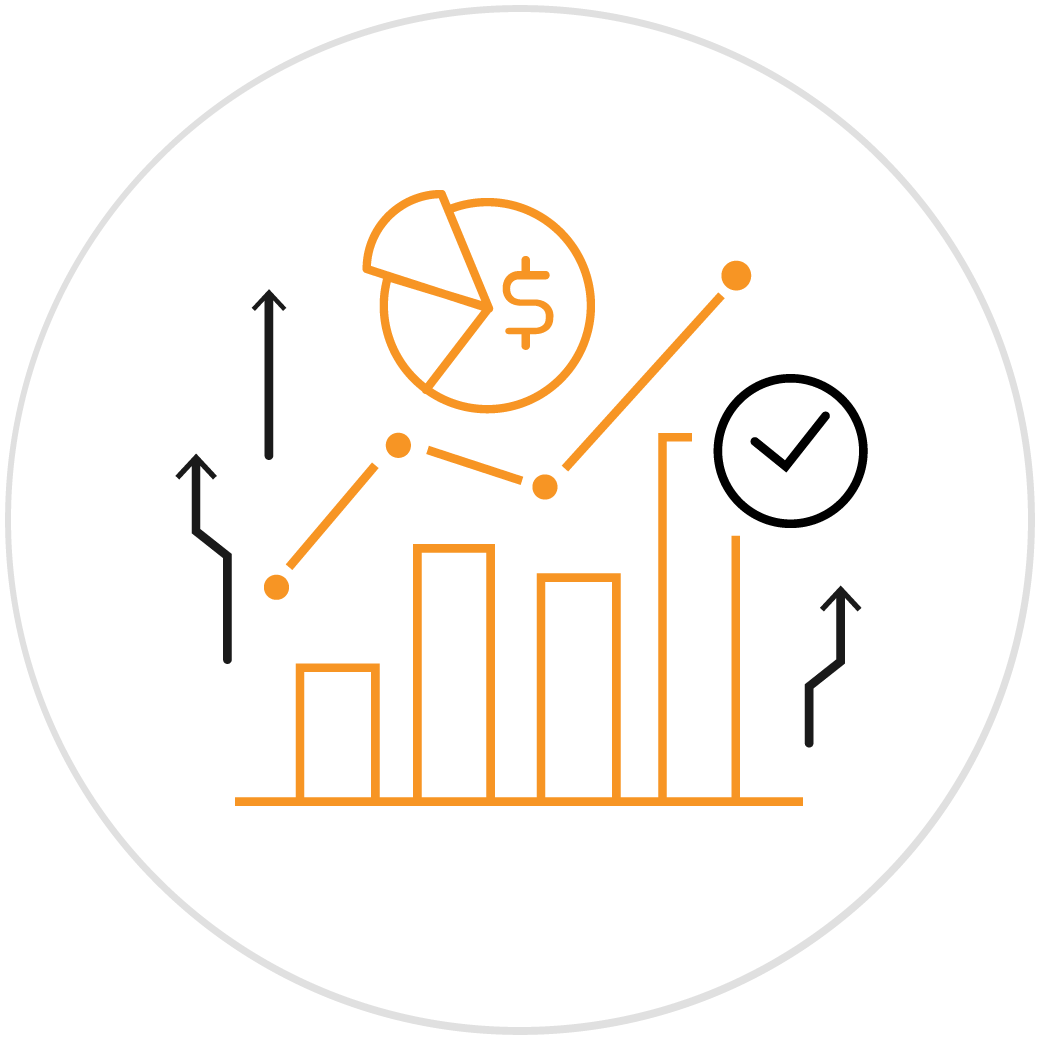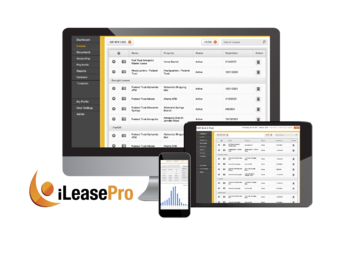-

The two main types of leases are operating leases and finance leases, and the classification of a lease depends on several criteria. In this blog, we will discuss the criteria used to classify leases and the accounting treatment for each type of lease.
-

Operating Leases
Operating leases are leases where the lessee does not assume ownership of the leased asset, and the lease term is less than the useful life of the asset. The lessor retains ownership of the asset and is responsible for maintenance and repairs. Operating leases are typically used for short-term or low-value assets such as office equipment or vehicles.
The criteria used to classify a lease as an operating lease are as follows:- The lease term is less than 75% of the asset's useful life
- The present value of the lease payments is less than 90% of the fair value of the leased asset
- The lease agreement does not contain a transfer of ownership clause
Accounting Treatment: Operating leases are treated differently than finance leases under the current lease accounting standards (IFRS 16 and ASC 842). The lease payments are recognized as expenses on the income statement, and the lease asset and liability are not recorded on the balance sheet.
-

Finance Leases
Finance leases are leases where the lessee assumes ownership of the leased asset at the end of the lease term. The lease term is usually longer than the useful life of the asset. Finance leases are typically used for high-value assets such as machinery or buildings.
The criteria used to classify a lease as a finance lease are as follows:- The lease term is longer than 75% of the asset's useful life
- The present value of the lease payments is greater than 90% of the fair value of the leased asset
- The lease agreement contains a transfer of ownership clause
Accounting Treatment: Finance leases are recorded differently than operating leases. The lease asset and liability are recorded on the balance sheet at the present value of the lease payments. The lease liability is then amortized over the lease term, and the lease asset is depreciated over the useful life of the asset.
Conclusion
In conclusion, lease classification is an important aspect of lease accounting that determines how leases are accounted for in financial statements. The classification of a lease as an operating lease or finance lease depends on several criteria, including the lease term, present value of the lease payments, and transfer of ownership clause. By understanding the criteria for lease classification, businesses can ensure accurate financial reporting and compliance with lease accounting standards.
-

Get the Best ASC 842 Software Solution from iLeasePro
At iLeasePro, we’ve been helping companies understand and implement ASC 842 since it replaced ASC 840 in December of 2021. We know standard inside out, and we know how to implement software solutions that will help you be in compliance.
We’ve done this for both small and large businesses, and we’ve also helped these companies use ASC 842 as a business tool to operate more efficiently, get better reporting and use their leases as assets. When you call us we can set you up with a lease accounting software free demo so you can see how it all works.
To do this, call us at 888-351-4606, or you can email us at info@ileasepro.com We also have plenty of great information about lease accounting software on our website, which is ileasepro.com, and you can chat with a live representative there as well.
Let iLeasePro Simplify Your Lease Accounting
Schedule a DemoRelated: iLeasePro Free Trial, iLeaseXpress, iLeaseXpress Unlimited, ASC 842 Financial Reporting, ASC 842 Balance Sheet Reporting, ASC 842 Income Statement Reporting, ASC 842 Cash Flow Reporting, ASC 842 Statement of Shareholder Equity, ASC 842 Disclosure Notes, ASC 842 Management Discussion, ASC 842 Comprehensive Income, ASC 842 Glossary of Terms, ASC 842 Journal Entries, ASC 842 Software, When Is the ASC 842 Compliance Date, FASB Lease Accounting Software, Understanding the New FASB ASC 842 Lease Accounting Standard, How Does a Lease Balance Sheet Change After the New Standard?, Tracking Lease Details After ASC 842, Deferred Rent Explained Under the ASC 842, Overview of Relevant Borrowing Rate, ASC 842 Footnote Disclosure, Lease Accounting, What Does Lease Accounting Software Do?, Key Features of A Lease Accounting Software, How to Never Miss Important Lease Dates, Scaling Your Lease Accounting Software to Your Business Needs, How to Select the Right Lease Solution, How to Set Up Lease Accounting Software, What is the Best Lease Accounting Software?, Overview of the Types of Leases, Equipment Lease Software, How the Right Lease Management Software Makes Equipment Leases Easier, Lease Tracking Software, How The Right Software Can Help You Manage Lease Data, Five Benefits of a SaaS Lease Management Solution, A Centralized Lease Portfolio Making Asset Management Easier, Lease Analysis 101, Lease Analysis: The Financial Metrics, Lease Abstraction, The Importance of Lease Abstraction for Lessees, The Lease Data an Abstract Should Include, What Software Do I Need for Lease Abstracting?, Navigating The ASC 842 Accounting Audit, Ultimate Lease Accounting Audit Checklist, Essential Guide To Engaging Auditors, Leveraging AI for Enhanced Year-End Audits Transitioning to the ASC 842 Standard Lease Document Management ASC 842 Short-Term Leases Practical Expedients Lease Modifications & Remeasurements Lease Variable Payments Embedded Leases Monitoring Critical Lease Dates Transportation - Navigate the ASC 842
